You can easily take audio for granted in virtual reality, but realistic sound in VR isn't an afterthought. It not only involves creating surround sound within a pair of headphones, but figuring out where the sound ought to exist based on your position and line of sight.
Dolby created Atmos to offer up a surround sound experience that works with pretty much anything. While it's great to have a proper system in your home theater, or to go out to the movies and hear the mix the way the filmmakers intended, Atmos attempts to provide the best possible spatial representation of audio regardless of what you're using to listen.
Atmos now extends its abilities to virtual, augmented, and mixed reality, so you can experience accurate and realistic sound no matter where you turn or move. That requires tethering audio to a source in a given space, which may seem simple in a game where you control the position of objects, but that control doesn't translate to video. As a result, Dolby created a set of tools that work with the popular Pro Tools digital audio workstation (DAW) software to allow audio engineers to tether sounds to objects in 360-degree videos.

This requires precise sound placement in a couple of ways. Of course, you can assume a VR sound mix will keep portions of the audio glued to specific locations, so when you turn your head, the sound changes as it would in the real world. There are parts of a sound mix, however, with which that doesn't make sense. For example, audio tracks like narration and objects attached to the viewer move with you instead. Dolby's tools allow sound engineers to create for both circumstances.
When it comes to recording the video, however, Dolby partnered with Jaunt to make compelling audio/video experiences in virtual reality. Jaunt created a series of 360-degree cameras and a platform for delivering the finished video. Together, they offer a set of hardware and software tools for creating immersive video experiences for VR headsets.
Not all headsets have support right now, but many of the more accessible options that utilize smartphones, such as Google Cardboard, do. If you have a supported headset, you can check out plenty of free video content on their site.
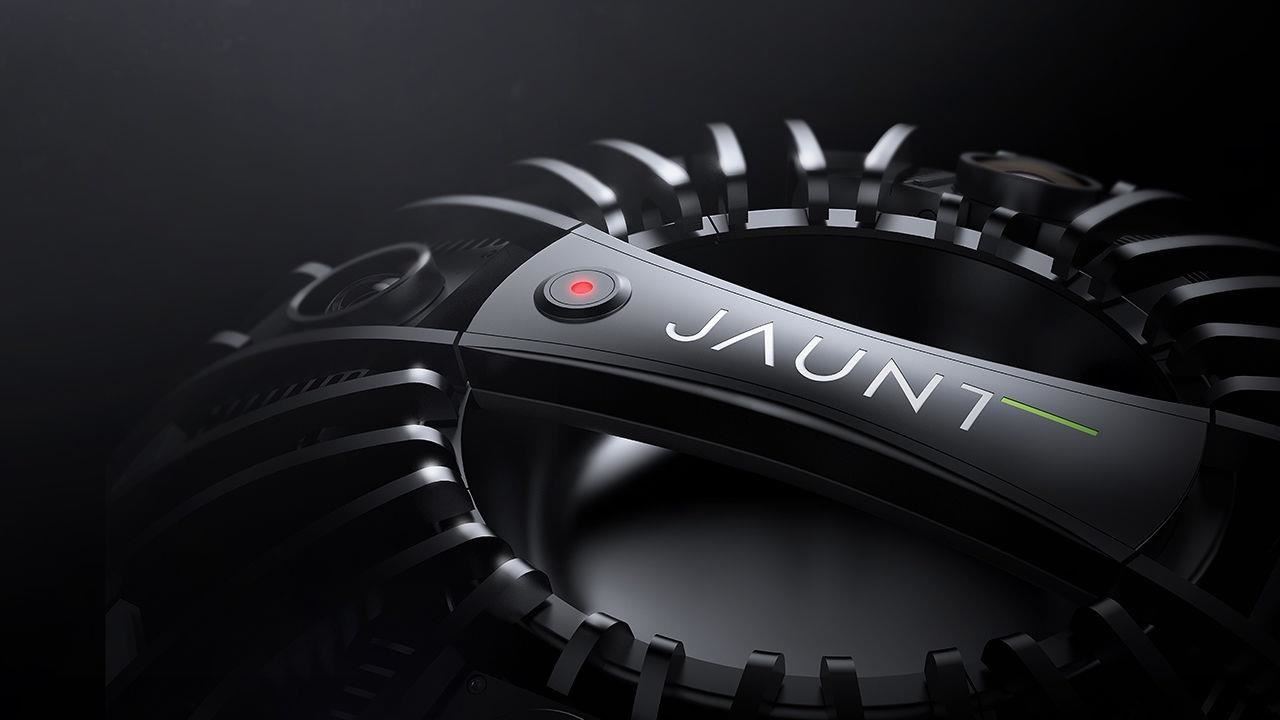
Creating experiences in virtual reality isn't easy in general, but it's easy to forget about the importance of audio—until it sucks. So long as you achieve decent quality and proper synchronization in standard video, you'll get by just fine. But when you start considering spatial issues and the viewer's position and gaze, you wind up with far more ways things can take a turn for the worst. That's why these tools are so vital; They make you believe the world you're in far more without always realizing it.
For more information on how 360-degree video and audio work together in virtual reality, watch our interview with both companies at VRLA in the video up top.
Just updated your iPhone to iOS 18? You'll find a ton of hot new features for some of your most-used Apple apps. Dive in and see for yourself:
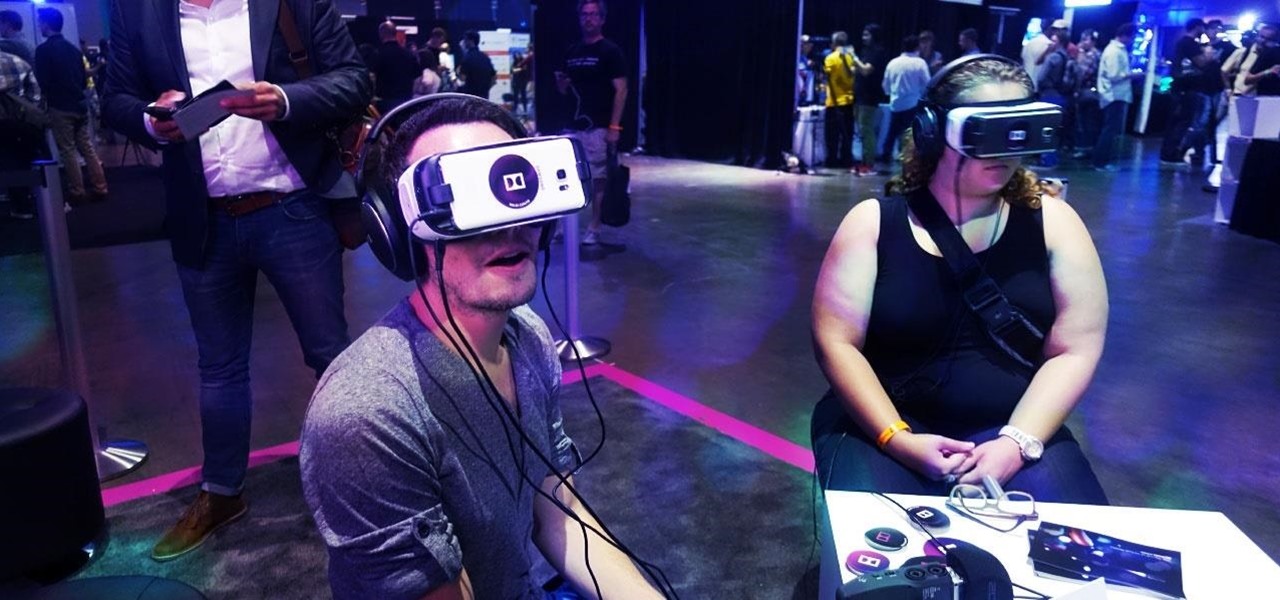



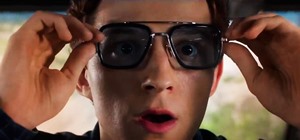

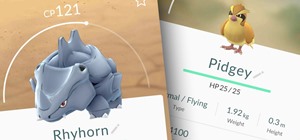
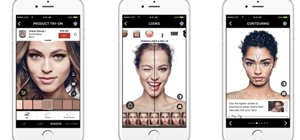

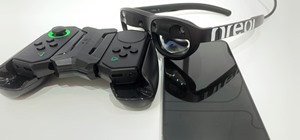


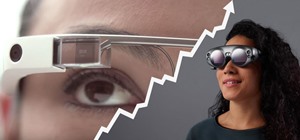
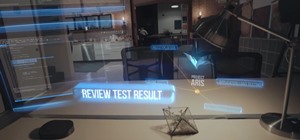
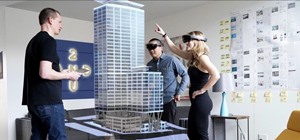
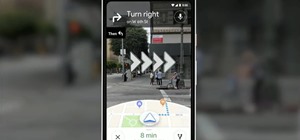
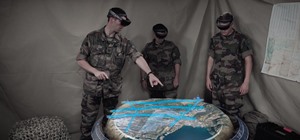

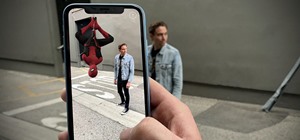
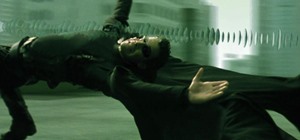
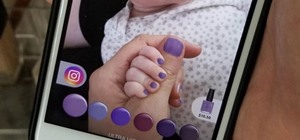


Be the First to Comment
Share Your Thoughts